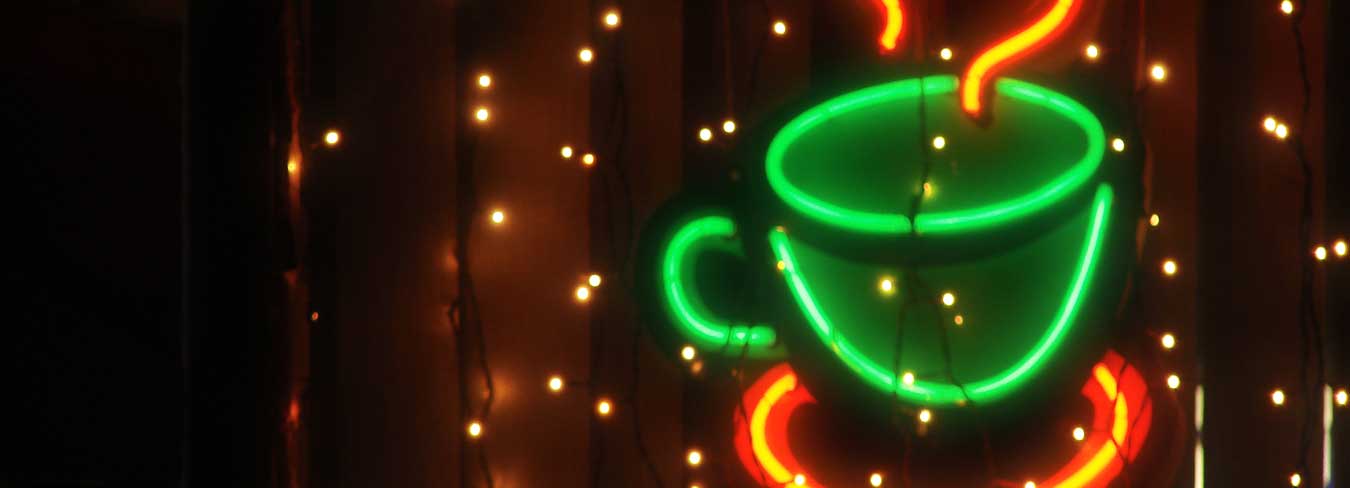“In five days the sea will rise and engulf the earth. Go to the top of a high mountain and take food for five days,” the llama told his master according to an Incan myth. The man did as he was told and was the only human to survive.
These days we don’t rely on llamas to predict the weather – or to save mankind from inevitable extinction, for that matter. But courtesy of researchers at the Washington University School of Medicine in St. Louis, we soon might be using llamas to test our drinks for caffeine.
Before now, such a feat wasn’t possible. Anyone who wanted to avoid caffeine for health, religious or other reasons basically had to guess at their drink’s caffeine content.
“We believe our test would be the first consumer test for caffeine and would be beneficial for anyone wishing to avoid caffeine for health or personal reasons,” said Jack H. Ladenson, Ph.D., director of Washington University’s Division of Laboratory Medicine.
The caffeine test, like previous tests produced by Ladenson’s lab, relies on antibodies. Antibodies are like teenage boys – they’re only after one thing. These immune cells recognise and bind to one specific compound, ignoring everything else in their path. Capitalising on this natural ability, researchers can program antibodies to seek out a specific chemical like caffeine.
The problem with using antibodies to test for caffeine is that most caffeinated beverages are served hot, and most antibodies can’t function at high temperatures. However, in the late 1990s, researchers found that llamas and other camelids have heat-resistant antibodies.
Building on this knowledge, Ladenson’s laboratory used three llamas and two camels to produce caffeine-specific antibodies that were able to withstand high temperatures. The best results came from a llama named Very Senorita, according to the paper, which will be published in the June 1 issue of Analytical Chemistry. Her antibodies could measure caffeine in temperatures up to 90 degrees Celsius. In comparison, mouse antibodies could only work in temperatures up to 70 degrees Celsius.
But don’t worry – wanting to test your drink for caffeine doesn’t mean buying a new pet. Ladenson and his team have copied Very Senorita’s antibodies in the lab to produce a quick, simple and much less furry test.
“We no longer have to hook up our llama while you’re in your favourite coffee shop,” Dan Crimmins, senior research scientist and co-author of the paper, said.
Crimmins said that they envision the test to be like the litmus paper we used in basic chemistry class to test for acids and bases. Using this “dipstick” format, anyone would be able to see if their drink contained caffeine. “It’s like your home pregnancy test – you’re either pregnant or you’re not. There’s no in-between,” Crimmins said.
So in the near future, if you’re worried that the barista at Starbuck’s has confused your decaf for the next customer’s regular, you’ll be able to heed the llama’s warning before you take your first sip.
